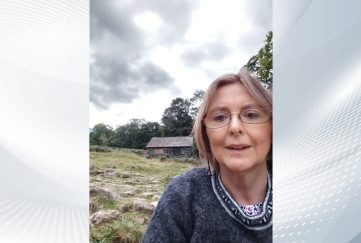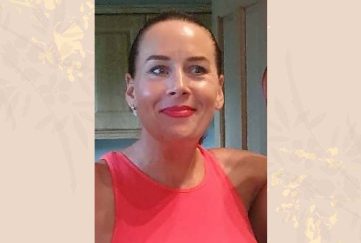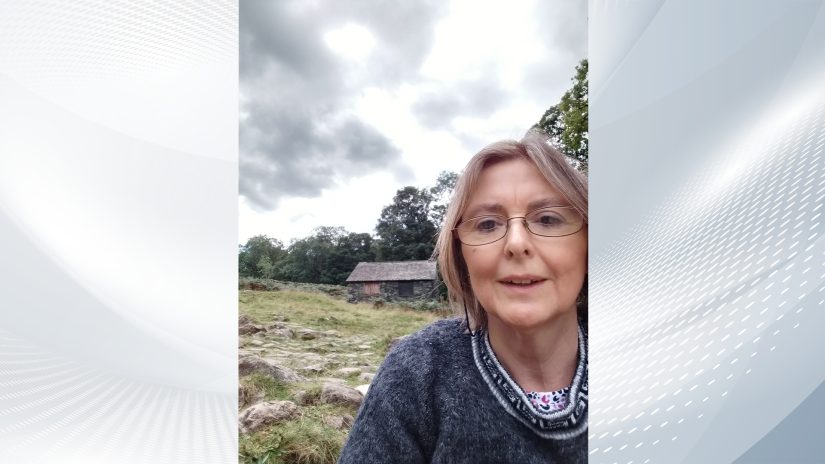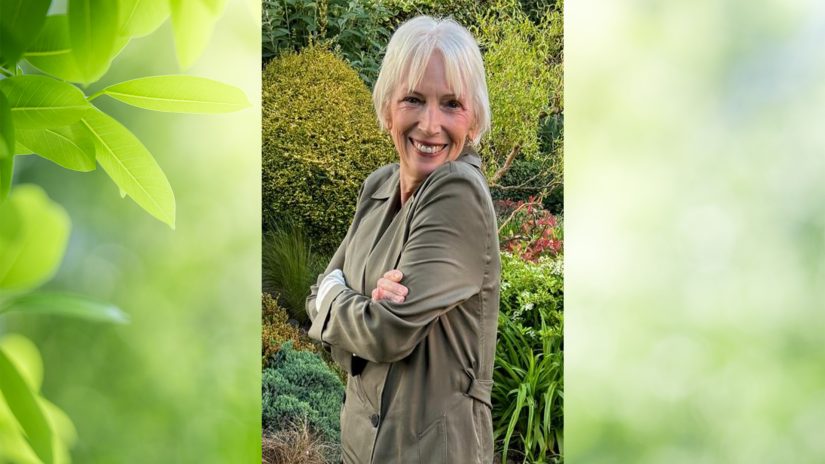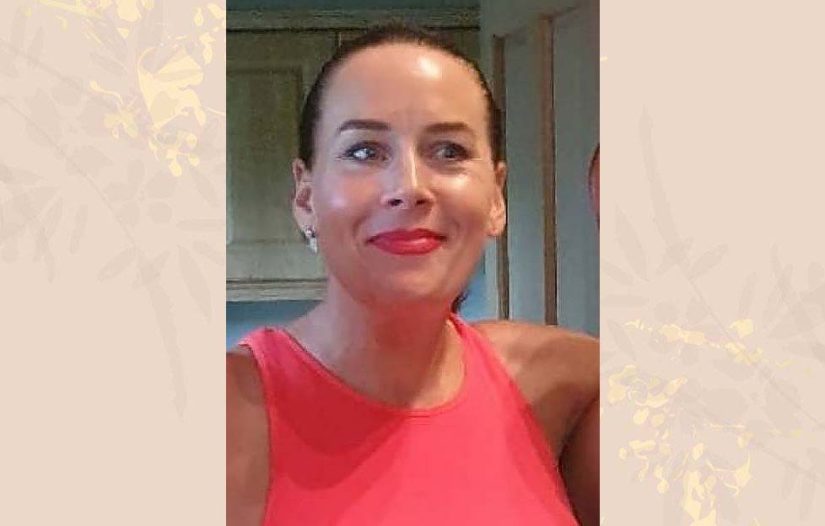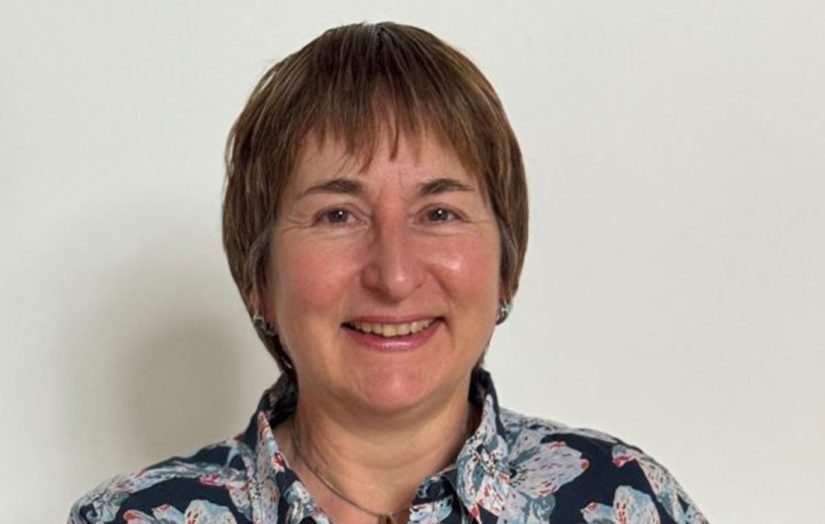Writer Of The Week: Katie Ashmore
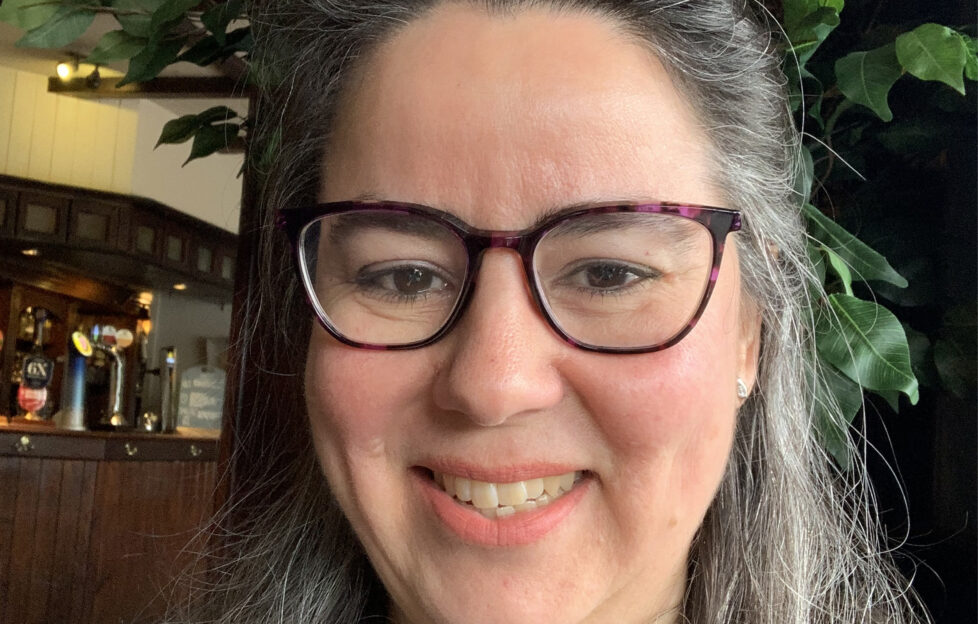
Welcome! Can you tell us a little bit about how long you’ve been writing for the “Friend”?
I’ve been writing for “The People’s Friend” for seven years now.
My first story was published in 2016.
I entered a serial competition and my first instalment was in the final shortlist of six. It was accepted for publication about the same time that my first story was also accepted – a very exciting time!
It wasn’t easy though. I’d been submitting short stories unsuccessfully for the previous two years, but I learned a lot from the feedback I received and by continuing to read the magazine.
You’ve written short stories, pocket novels, and serials for the “Friend”. Do you have a preference?
Possibly I prefer writing serials and novels, which give more opportunity for developing setting, character and plot.
The planning is always a big undertaking, but once I’ve mapped out the story, it’s great to write it and get absorbed in that world.
What I really enjoy though is the variety of writing as many different lengths and styles as possible.
I love poetry too and, when I first started writing seriously, I wrote more poems than stories, but I’ve only ever submitted one, which was unsuccessful.
I submitted one idea for a series to the “Friend”, which ended up becoming a serial instead, so it would definitely be good to give that another go.
Your historical serial “The Winds Of Fortune” is running in the “Friend” at the moment. How did this idea come about?
Originally, it arose from the idea of basing a story around the Wall Street Crash and its repercussions.
I knew there were many families who’d lost everything and whose lives had been irrevocably changed.
I began to wonder what it would be like for them – one minute to have a rich and luxurious lifestyle and the next to have lost everything.
I then developed the idea of two related families, one American and one English; one catapulted into fending for themselves, the other untouched.
The rest developed from there.
What sort of research is required when it comes to historical serials?
I’m lucky in that I have a basic knowledge of some historical periods because I have a history degree and taught history for fifteen years before I became a writer.
I obviously have to research and check facts though, especially given my appalling memory!
I often look into fashions, food, scientific developments or literary publications of the time.
Anything, that impacts on my story.
Our readers might remember your historical serial “No Ocean Too Wide”, which featured in the magazine in 2019. When writing period serials, do the characters appear first, for you, or is it the storyline?
I often start with a period of time and an issue that I believe would be interesting to write about and usually a main character within that.
I then develop the storyline and other characters from there.
“No Ocean Too Wide” developed because I wanted to base a serial in 1869 to celebrate the Friend’s centenary.
I found out about the 19th Century scheme for sending orphaned children abroad and it was fascinating.
I learned that a lot of these children weren’t in fact orphaned at all, and that they could be sent away without their parents knowledge or permission.
The characters of Annie and her two girls came into my mind and the rest developed from there.
Do you have any tips for authors who’d like to try writing a historical serial for the “Friend”?
I’d definitely say give it a go.
I sometimes think it’s easier to set things in another period. It’s a bit more freeing and it can be easier to develop more interesting and amusing characters.
Find a period of time that really interests you and a related crisis that a character must resolve.
You need more characters and subplots for a serial than a short story and you have to research the setting and customs but that’s not too difficult with the Internet.
The main thing, for me, is to draw up a detailed synopsis/plan first, with each character mapped out and an idea of what will happen in each section of each instalment.
Finally, as everyone always says, research your market by reading other “Friend” serials before you start.
When you’re writing historical serials, can you picture how our finished artwork might look?
It’s always really exciting to see the illustrations when the serial is published and it’s wonderful how much they can help to bring the story alive.


